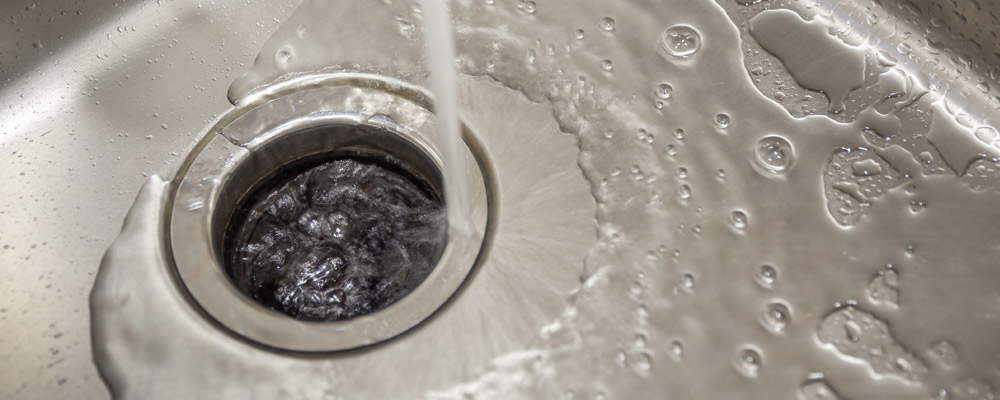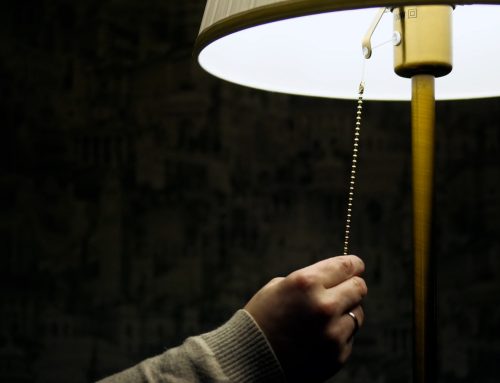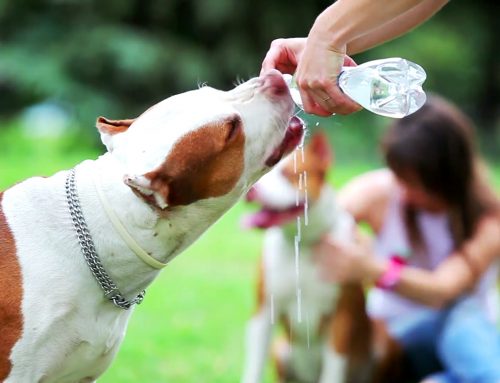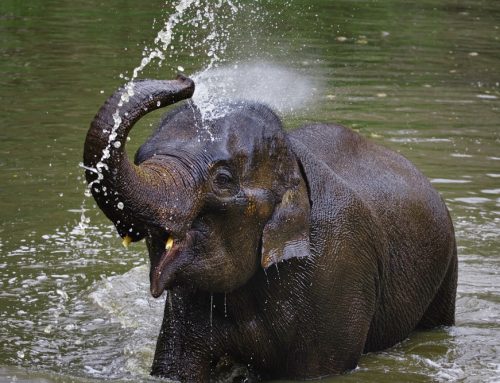There have been times in this land of plenty when it has been necessary to curb our voracious appetites for finite natural resources. It is not that we’re running out of energy or water – there is a greater supply of fossil fuels (oil, natural gas and coal) available yet to be discovered and harnessed in this country than we have used up to this point in our history. And, we have the same amount of water on the planet that has been here since the dawn of time, but most if it is not drinkable… and we have drawn down the supply in our underground aquifers faster that it can be renewed.
The more we understand about how we use energy and water in our homes, the more we realize that very often saving one resource results in saving the other. For example, many of the things that use the most water around the house also have a high energy consumption… case in point, water heaters and the many ways hot water is used.
There is an urgency to steward these dwindling resources and to exercise caution about utilizing them more efficiently so that supplies can be stretched into the future. Cost is also a formidable driving force toward conservation practices. As energy costs rise, the research and development necessary to bring alternatives online increases correspondingly; witness the recent expansions in the use of wind turbines and solar power options as viable parts of the energy mix.
While the cost of water is nowhere near the same annual investment required to cool, heat, light and power our homes, water bills are rising dramatically and the days of cheap and plentiful water are history. The days of wasteful practices and habits, however, should be history, as well. Did you know, for example, that more water is wasted in our homes each year through unrepaired leaks than the amount of water we drink?
DOUBLE UP AND SAVE TWICE…
The best place to start is the top…with the worst water and energy users in the household. According to the US Department of Energy, water heating and appliances and lighting use just about half of the energy we consume at home. If we match up these same categories with water consumption, we can determine our joint conservation targets pretty quickly. Basically, they are the things/activities/appliances that use hot water. While there are long lists of ways that water and energy can be conserved, we’ll concentrate on the ‘two-fers’ here.
In Hot Water…
There are four basic ways to take charge of your water heating bills: don’t heat the water so hot; insulate the water heater; use less; or upgrade the equipment to a newer, more efficient model.

Let’s start with using less. At home, hot water is generally used in three rooms — the bathroom, laundry room and the kitchen – and there are some great conservation options in each room. Here’s how hot water use breaks out: 32 percent of the heated water is used in washing clothes; 20 percent goes down the shower drain; another 20 percent is used for bathing (sink and bathtub use); and automatic dishwashing consumes 12 percent, which leaves 5 percent for preparing food and 4 percent for washing hands.
The Bathroom…

The Laundry Room…
Appliances account for about 1/5th of your household energy consumption, and two of these (washer and dryer) are usually found in the laundry room. About 90 percent of the energy used by the washing machine is to heat the water, so this provides the best conservation options: use less – or cooler – water.

The Kitchen…
There are basically two hot water consumers in the kitchen: the dishwasher and the sink. Thanks to the National Appliance Energy Conservation Act of 1987, manufacturers made significant water- and energy-efficiency improvements to dishwashers by reducing hot water use, which accounts for most of the energy used by the appliance.

There are hundreds of ways to conserve energy and water at home, and these suggestions have focused on situations when both options occur together. The more conscious we become of the way we use water and energy in and around our homes, the more ways we will find to use them efficiently. The bottom line, of course, is that saving these precious natural resources saves us money, too. Use less, save more. And that’s not such a bad deal.
[1] Per 2.64 person household
In the Know…
A kilowatt-hour (kWh) measures a unit of energy; the amount of energy that would be transferred at a constant rate of one kilowatt for one hour; the amount of electricity required to burn a 100 watt light bulb for 10 hours. This is the unit used by power companies for billing purposes.






